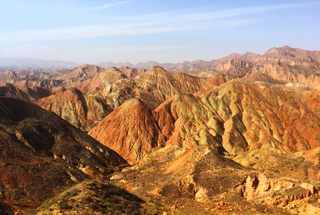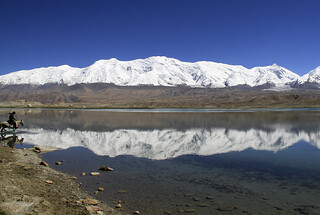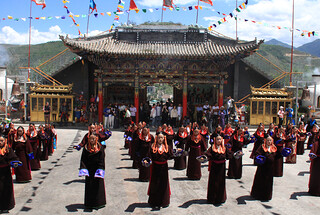
Dali’s Ancient Towns, Cang Mountain, and Erhai Lake, Yunnan (5 days)
Have an adventure in the Dali area, with walking tours of ancient walled towns and villages, bicycle and boat rides at Erhai Lake, and a big hike that follows paved paths and tracks through the Cang Mountains.
| Day One main activities | Meet up in Dali, tour of Dali Ancient Town. |
|---|---|
| Day Two main activities | Big hiking day at Cang Mountain. |
| Day Three main activities | Ride bicycles through villages on the western shores of Erhai Lake, and a walking tour of Xizhou Ancient Town. |
| Day Four main activities | Ride bicycles on the eastern side of Erhai Lake to Shuanglang Ancient Village for a walking tour, free time in the evening to explore Dali Ancient Town. |
| Day Five main activities | Explore a small island in Erhai Lake, fly back to Beijing. |
Highlights
Old trading towns on the Ancient Tea and Horse Road

The Tea and Horse Road is a network of trading routes, trails, bridges, way stations, market towns, and staging posts that is sometimes known as the Southern Silk Road.
With Yunnan in the center, various routes in the network went through Myanmar and on to the Indian subcontinent, up to Tibet, northeast into Sichuan, and down to Laos.
Like the Silk Road, it wasn’t just goods and merchandise that came along the trail: the culture of India, Tibet, and Southwest China also passed back and forth—different types of Buddhism in particular.
The main merchandise on the trail was tea and horses—the horses from Tibet, for use by Chinese armies; and Chinese tea.
On the trip we’ll visit two of the old trading towns on the Ancient Tea and Horse Road.
The relaxed pace of Dali’s Ancient City has been a big draw for backpackers and those looking to escape the big cities of China, and while it’s now very popular it is definitely well worth a visit. The old town has been enveloped by a larger city, but within the Ming Dynasty-era walls of the old city we’ll find a lot to explore.
Not far from Dali is Xizhou, a trading town on the Ancient Tea and Horse Road. The history of Xizhou dates back to the Sui Dynasty (581-618 AD), and the town was part of the Nanzhao Kingdom, an independent state from 737-902 AD. It was an active trading stop on the Tea and Horse Road between from the eighth century, with a lot of tea, handicrafts, and marble passing through.
In Xizhou you’ll see a lot of Bai-style architecture, as well as national heritage-listed courtyards that date back to the Qing Dynasty.
The population of Xizhou is mostly Bai. During the Yuan Dynasty a sizeable Muslim population arrived, bringing a tradition of cheese-making that remains to this day.
As well as the trading towns we’ll visit Shuanglang, which used to be a fishing village. Now it’s known as an ‘ancient village’, and we’ll visit for a walkabout and views of the lake.
Hiking at Cang Mountain
We’ll do a big hike at Cang Mountain, taking the cable car up to find park paths and mountain trails. We did this hike a few times in 2020, and while we haven’t measured it with a GPS we think that it’s up to 20km long.
Erhai Lake bike rides
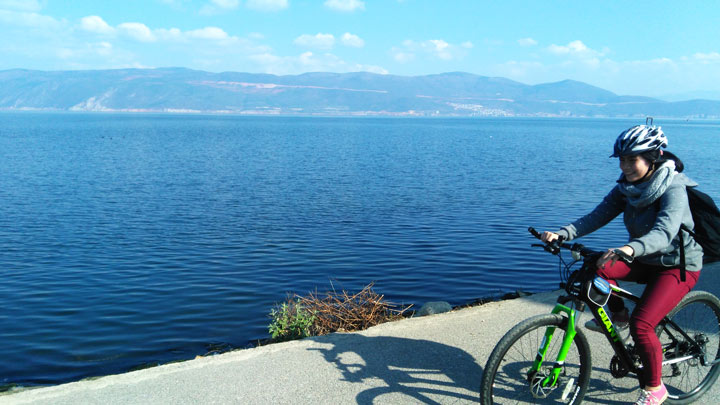
Erhai Lake is the second largest lake in Yunnan Province. On the western side of the lake, between the lake and the Cang Mountains, is a flat plain that is the traditional home of the Bai people. On the third day of the trip we’ll cycle through the fields and farmland of the Bai people on the plain, finishing up at the shores of the lake.
On the fourth day of the trip we’ll do a big bike ride through the countryside on the eastern side of the lake, finishing with lunch and a walking tour of Shuanglang ancient village.
Erhai Lake island visit
To complete our adventure we’ll catch a ferry out to a small island in the lake, taking a look about and having lunch.
Local culture and cuisine
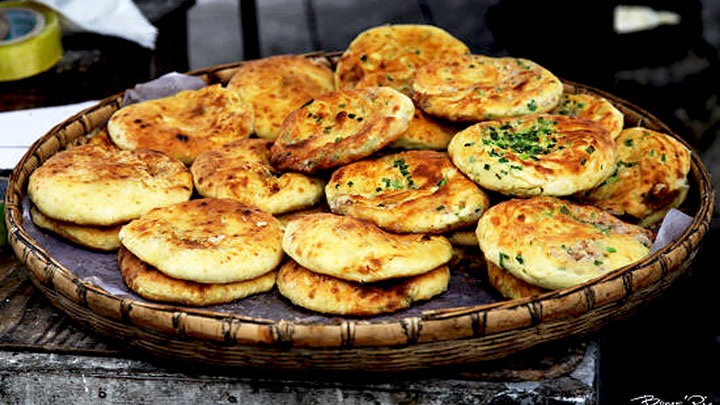
On the trip we’ll fill up on Yunnan cuisine. We’ll definitely try out baba, sometimes known as Xizhou pizza, and on other stops during the trip we’ll sample the cooking of the Bai people.
Dali is the traditional home of the Bai people. In the 2010 census the total number of Bai people was almost two million – not even 0.5% of China’s total population.
The Bai people live mostly in Yunnan, Guizhou, and Hunan, and 80% percent of them are said to live in concentrated communites like the Dali Bai Autonomous Prefecture. This area is their traditional home, and consequently the percentage of Bai people here is much higher – around 32% of the people in this area are from the Bai ethnic group.
During the trip we’ll see a lot of the Bai, their traditional clothes, traditional architecture, and their food.
